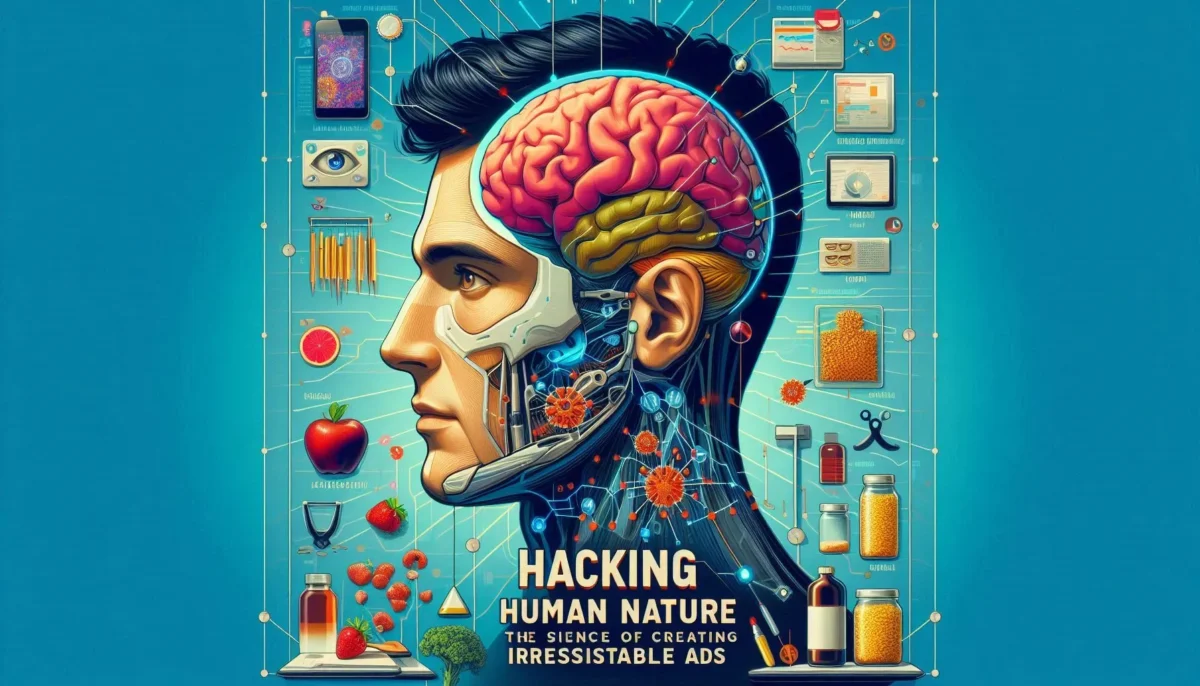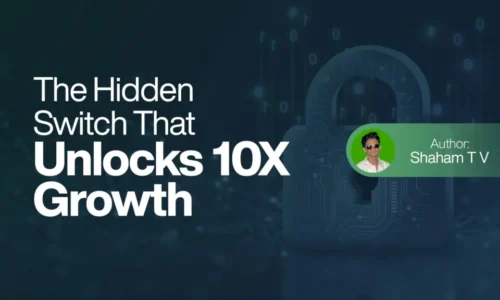Hacking Human Nature: The Science of Creating Irresistible Ads
In a world where we’re exposed to thousands of ads daily, only a few manage to truly capture our attention and compel us to act. What separates those that fade into the background from the ones we just can’t ignore? The secret lies in understanding human nature—the deep-rooted psychological triggers that shape our decisions. Irresistible ads tap into these unconscious behaviors and emotional responses, creating a natural draw that feels almost automatic.
This blog delves into the science behind why certain ads work so well, revealing the psychological strategies that marketers use to create content that feels almost impossible to scroll past. Ready to hack human nature? Let’s dive in.
Table of Contents

Dopamine Dynamics
The neurotransmitter dopamine is central to this, firing off when we anticipate something rewarding. Smart ads trigger a dopamine response by creating excitement, anticipation, or the promise of a reward.
How to Hack It:
- Tease Rewards: Highlight discounts, giveaways, or sneak peeks to engage the brain’s reward system. Words like “exclusive” or “limited time” drive excitement.
- Instant Gratification: Frame your product as something that delivers quick, positive results. Ads promising immediate benefits (think “get results now”) activate dopamine responses.
- Interactive Elements: Engage users with interactive ads (e.g., quizzes, polls, or countdowns) that build anticipation and curiosity, setting off dopamine.
The Power of FOMO (Fear of Missing Out)
How to Hack It:
- Urgency and Scarcity: Phrases like “only 3 left in stock” or “offer ends tonight” tap into FOMO, pushing people to act before it’s too late.
- Exclusive Offers: Create a sense of exclusivity with members-only deals or early-bird specials to make audiences feel they’re getting something others might not.
- Show Popularity: Showcase how many others are engaging with or purchasing the product, invoking a fear of being left behind.
Social Proof: The Bandwagon Effect
How to Hack It:
- Reviews and Testimonials: Use customer reviews and real-life testimonials to show that others trust and love your product.
- Influencers and Celebrities: Tap into the authority of influencers or public figures.
- Showcase Community: Highlight large followings or user-generated content to create a sense of belonging, making the audience feel part of a larger movement.
The Emotion Engine: Making Ads That Hit the Heart
How to Hack It:
- Relatable Stories: Tell a story that connects on a personal level, whether it’s through humor, heartwarming moments, or shared struggles. Emotional narratives often leave lasting impressions.
- Visual and Audio Impact: Music, colors, and imagery are powerful tools for triggering emotional responses. Use them to set the mood and tone that aligns with the feeling you want to evoke.
- Appeal to Aspirations: Make your product part of the audience’s dreams, showing how it helps them become the person they want to be or achieve the life they desire.

Cognitive Biases: Hacking the Brain’s Shortcuts
Cognitive biases are the mental shortcuts our brains use to make decisions quickly. These biases influence how we perceive information and make judgments. Ads that exploit these shortcuts can subtly nudge consumers toward a desired action without them even realizing it.
How to Hack It:
- Anchoring Bias: Present a higher price first (the anchor) and then offer a discounted price. Consumers are more likely to perceive the discount as a better deal.
- Reciprocity: Give something valuable to your audience, like a freebie or helpful content, and they’ll feel an innate urge to give back, often by purchasing or engaging with your brand.
- Authority Bias: Use endorsements from experts or trusted figures to boost credibility and tap into the brain’s preference for trusting authoritative sources.
The Simplicity Rule: Less is More
Our brains are naturally drawn to simplicity. When we’re presented with too much information, it overwhelms us, leading to decision fatigue. Ads that are clear, concise, and to the point make it easier for consumers to engage and take action.
How to Hack It:
- Simple Messaging: Keep your core message straightforward and easy to digest. Use minimal text and powerful visuals to convey the idea.
- Clear Call to Action: Make it obvious what the next step is. Whether it’s a “Shop Now” button or a link to learn more, the path should be frictionless.
- Decluttered Design: Use white space and clean layouts to focus attention on what’s important, making it easier for consumers to process the information.
The Novelty Factor: Surprise and Delight
Humans are naturally curious. We love novelty and are drawn to things that stand out or break the mold. Ads that introduce something unexpected—whether it’s a creative concept, a twist, or a new experience—captivate the brain.
How to Hack It:
- Unexpected Visuals: Use visuals or messaging that catch the viewer off guard, like a quirky image or a clever pun, to create a sense of surprise.
- Creative Formats: Try unconventional ad formats like interactive ads, immersive video, or even AR to create memorable and engaging experiences.
- Mystery and Curiosity: Tease something without revealing all the details, prompting viewers to click or engage to satisfy their curiosity.
Conclusion
Creating irresistible ads is more science than art. By tapping into the natural psychological triggers that drive human behavior—dopamine, social proof, emotional appeal, and cognitive biases—you can craft ads that feel impossible to ignore. Whether you’re leveraging FOMO or using the simplicity rule, these tactics help your content cut through the clutter and connect on a deeply human level.
Hack human nature, and you’ll unlock the formula for ads that don’t just get attention—they get results.
Author Info
Fathima Minsiya, a Digital Marketing Strategist in Palakkad.
Learner of CDA Digital Marketing Institute in Kerala.




